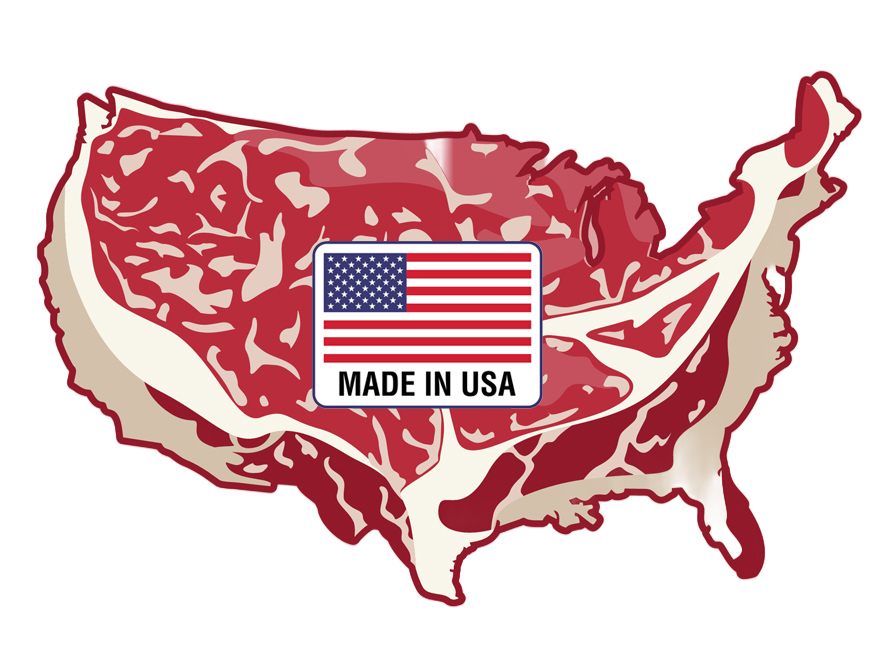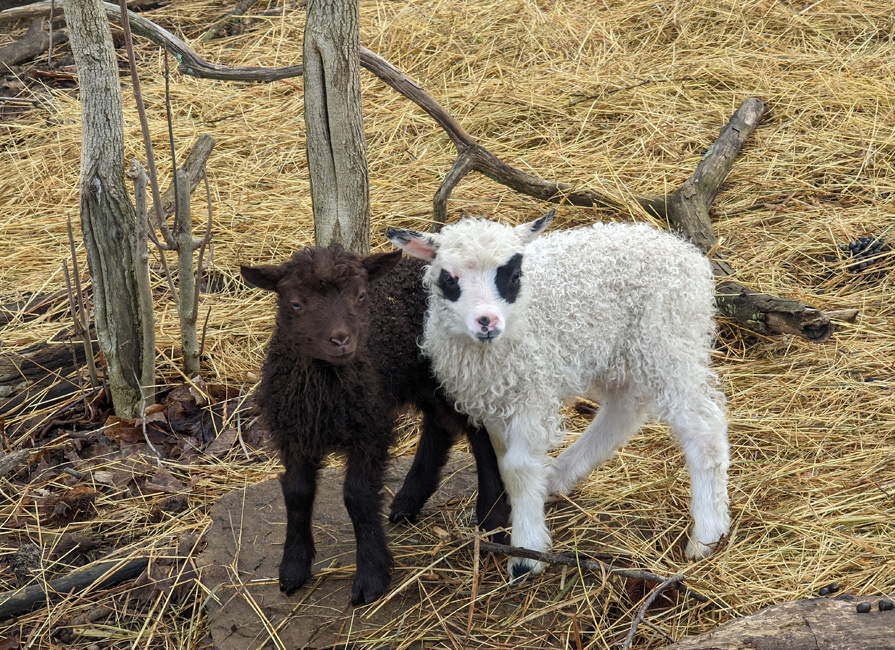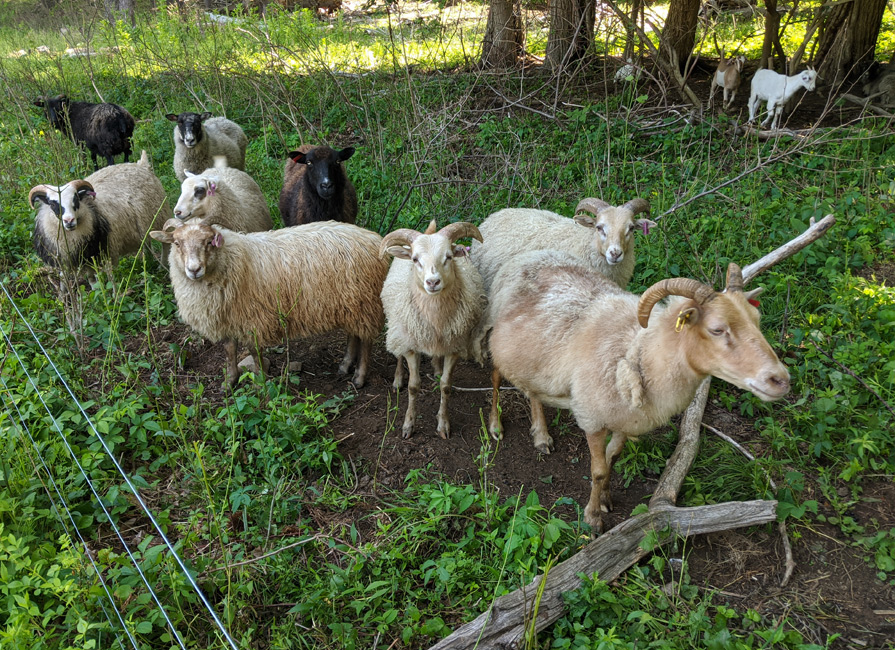In today's increasingly food-conscious world, consumers expect a label to mean what it says—including the…
Responsible Use of Antibiotics in Agriculture
 I was pleased to see Katie Couric and CBS News’ efforts to raise awareness of the human health implications of the excessive overuse of antibiotics in intensive animal agriculture. However, the limitations of a five-minute news piece make it difficult to cover all of the nuances of this highly complex subject, so I thought it was worthwhile running over the facts again.
I was pleased to see Katie Couric and CBS News’ efforts to raise awareness of the human health implications of the excessive overuse of antibiotics in intensive animal agriculture. However, the limitations of a five-minute news piece make it difficult to cover all of the nuances of this highly complex subject, so I thought it was worthwhile running over the facts again.
The key message is that there is no doubt about the direct links between the overuse of antibiotics in intensive farming and the rise of bacteria that are resistant to common antibiotics. The major culprit at the moment is Methicillin Resistant Staphylococcus aureus – more commonly known as MRSA.
What happened?
So what’s the problem with MRSA and how has it developed? There are many different MRSA strains but, as the name suggests, all MRSA bacteria are resistant to certain important antibiotics. The effect of this is that if you are infected with MRSA it is much more difficult for your doctor to find an antibiotic that will help you. Some estimates put the number of Americans suffering from MRSA infections at 90,000 per year – leading to nearly 20,000 deaths. As you can see, this is a serious problem.
So how has MRSA developed? Staphylococcus aureus is a very common bacteria in humans, often found on the skin, in the nose, or in the mouth. But how did it get to be so deadly? To understand that we have to look at what has been going on in some of the largest and most intensive farms in the U.S. since the 1950s.
As farming became more intensive and animals were kept in ever greater numbers, farmers inevitably found that pests and diseases began to spread more easily. In effect, the intensive system made the animals sick. When animals are sick they don’t grow as fast – and may even die. But rather than changing the system to one that was better for the animals, the industry realized that it could “solve” the problem more inexpensively by routinely adding low doses of antibiotics to the animals’ feed and water. This medication worked very well at keeping the animals alive and growing. However, as more and more bacteria were being exposed to antibiotics – especially at low doses – the risk that they might develop resistance also grew.
Scientists have known for many years that bacteria can mutate to become resistant to antibiotics or pick up genetic material from other bacteria that have survived the antibiotic use, and then further spread this within the bacterial population. And this is exactly what has been happening on intensive farms across the U.S. over the last few decades.
Part of the problem with this overuse of low-dose antibiotics is the fact that while the low dose kills off the more susceptible bacteria first, it leaves behind those bacteria that aren’t susceptible – in other words, the ones that show resistance. And because the farmers generally use the same antibiotics over and over again, in the end the only bacteria left are those that are resistant. Without anything to control them, these resistant bacteria can multiply and easily spread from animal to animal, and then from farm to farm.
However, the real problems occur when antibiotic resistance spreads to bacteria that can make humans sick. This is why we are now seeing the emergence of antibiotic resistant diseases like MRSA in humans – and we are fast running out of options to treat these new diseases.
But it’s not too late!
Let’s make one thing clear: we don’t want to throw the baby out with the bathwater and ban all antibiotics in animal agriculture. Antibiotics are a vital weapon against serious diseases in both animals and humans, and we know that the treatment of individual sick animals does not contribute to the rise of resistant bacteria, such as MRSA. We’ve know this for almost as long as antibiotics have been used as “growth promoters” in agriculture. As early as 1948, the British journal the Veterinary Record reported concerns about the potential development of antibiotic resistant strains of bacteria:
The present enormous consumption of the drug (penicillin) can be accounted for only by a good deal of indiscriminate use and it is generally considered that widespread use particularly of inadequate doses is a potent factor in breeding resistant strains of bacteria.
The good news is that countries like Denmark that have recently banned the indiscriminate use of antibiotics for growth promotion and other non-therapeutic reasons are now reporting a sharp fall in the incidence of resistant bacteria. So it’s not too late! We can do something about not just stopping the development of new strains of resistant bacteria, but also reducing the incidence of the ones that are already out there.
The key to stopping all non-therapeutic use of antibiotics – and reducing the need for therapeutic doses – is not to blindly carry on with farming systems in which we are simply trying to prevent exposure to disease. What we need to do is to encourage farming systems in which we are actively managing animals so they can develop strong natural immune systems – a concept sometimes called “positive health. “
I’m sure it won’t surprise you to know that the kind of farms we are talking about are the kind of farms that are Animal Welfare Approved. Research shows that animals that are under stress have reduced immunity. And if animals are kept on farms where they are not overcrowded, where they have access to pasture and space to move around, where they are fed a diet that matches their natural needs, and where they are managed to promote health and well-being, then the levels of stress and the incidence of disease – and the need for antibiotics – is much, much lower. In many cases AWA farmers cannot recall the last time they had to use antibiotics. It is that simple.
Making the right choice
The CBS report ended by saying that if consumers want to make sure that they don’t buy products with a risk of MRSA, then they should look for meat which is labeled “no antibiotics ever.” But while this seems like a straightforward way to ensure that consumers aren’t at risk, I am afraid it isn’t quite as simple as that.
The MRSA found on meat gets there during the slaughter and butchery process. As mentioned above, MRSA normally lives on the skin, so an animal that carries MRSA doesn’t automatically have the bug in its meat – but the bug could be transferred to the meat during processing. The problem is that the slaughterplant worker or butcher could then transfer it to any other meat they touch. So while it may be true that meat from animals reared without the use of antibiotics might have a lower risk of carrying MRSA, just saying “I’ll buy meat from animals raised without antibiotics” doesn’t actually do anything to help solve the problem.
The solution lies in looking at the causes of MRSA – intensive farming that relies on excessive amounts of low-dose antibiotics – and putting a stop to the continued non-therapeutic use of these vital medicines on which these farming systems are so dependent.
Just like guns, antibiotics themselves are not the problem. The irresponsible use of antibiotics is the problem. And it’s not the farmers that are at fault; it is the farming systems which result in the need for indiscriminate antibiotic use.



